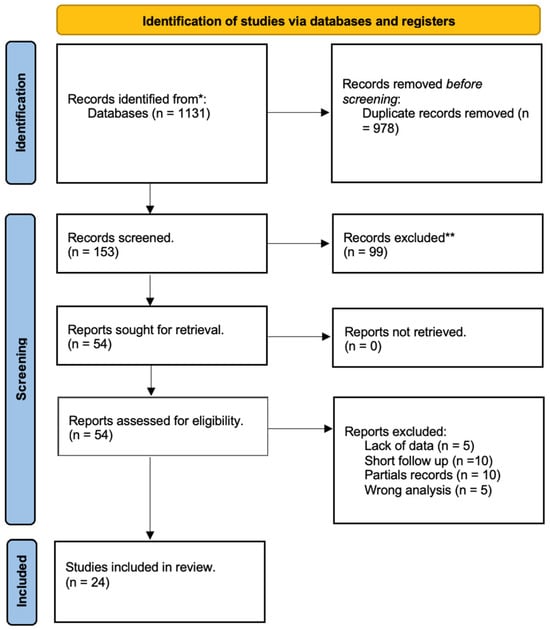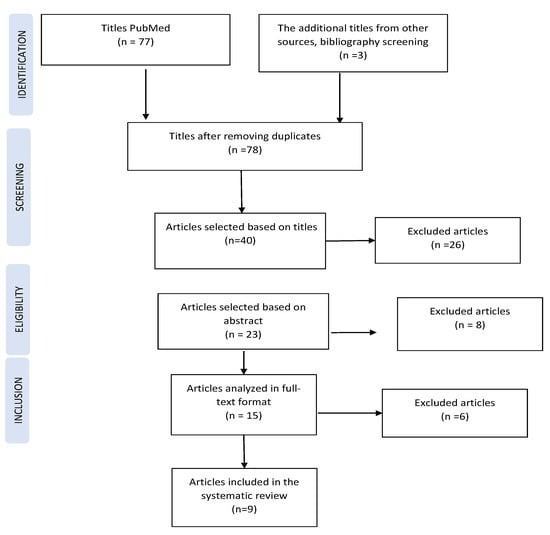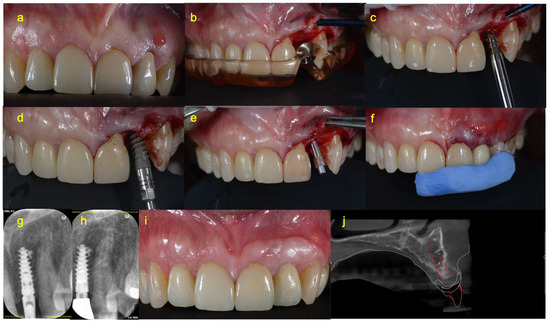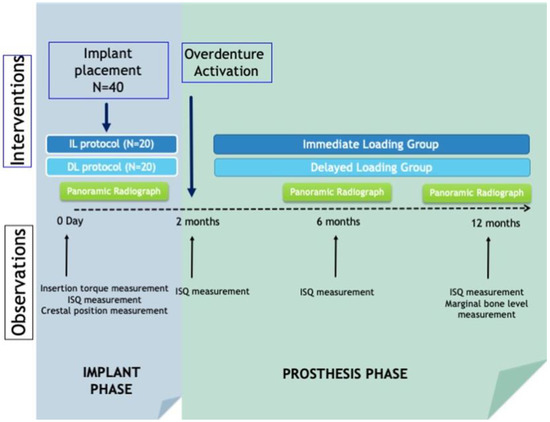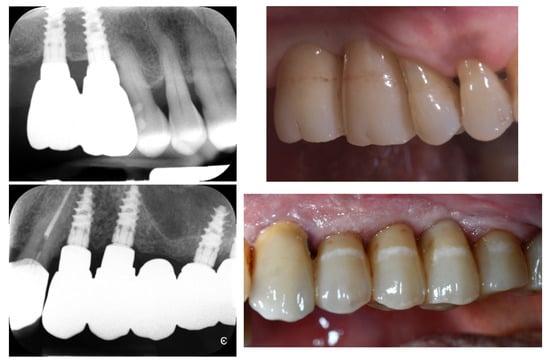Oral Implantology: Current Aspects and Future Perspectives
A topical collection in Prosthesis (ISSN 2673-1592). This collection belongs to the section "Prosthodontics".
Viewed by 190136Editors
Interests: orthodontics; dental hygiene, adhesive dentistry; dental materials; CAD/CAM; intraoral scanner; computerized cast; shear; bond strength; bracket; fiber-reinforced composite; miniscrews; remineralization; probiotics; biomimetic materials
Special Issues, Collections and Topics in MDPI journals
Interests: oral microbiota; probiotics; periodontal treatment; conservative dentistry; dental materials; orthodontics; pediatric dentistry; bond strength; dental caries; remineralization
Interests: polymeric dental materials; dentistry; polymeric adhesion; orthodontics
Special Issues, Collections and Topics in MDPI journals
Topical Collection Information
Dear Colleagues,
Dental implantology has witnessed the development of multiple, increasingly more advanced techniques with the aim of improving the reliability of dental implants while reducing patient morbidity.
In particular, the biology of osseointegration has been extensively studied, and several chemical and physical implant surface treatments have been proposed, along with new surgical techniques encompassing even regenerative procedures. Moreover, the introduction of digitalization for both surgical and prosthetic planning has significantly changed the approach to clinical practice. Despite this evolution, several drawbacks are still present in the field of oral implantology, such as systemic conditions limiting the possibility of recurring implant surgery and the risk of developing peri-implant disease.
This Topic aims to highlight the continuous evolutions in oral implantology and to focus on new perspectives in this field.
We are pleased to invite you to submit a manuscript for this Special Issue. Original research articles and reviews are welcome. Research areas may include (but are not limited to) the following:
- Implantology
- Prosthodontics
- Oral and maxillofacial surgery
- Oral radiology
- Biomaterials
- Implant surface treatments
- Digital workflow
- Peri-implant mucositis
- Peri-implant disease
- Tissue regeneration
We look forward to receiving your contributions.
Prof. Dr. Andrea Scribante
Dr. Maurizio Pascadopoli
Dr. Simone Gallo
Guest Editors
Manuscript Submission Information
Manuscripts should be submitted online at www.mdpi.com by registering and logging in to this website. Once you are registered, click here to go to the submission form. Manuscripts can be submitted until the deadline. All submissions that pass pre-check are peer-reviewed. Accepted papers will be published continuously in the journal (as soon as accepted) and will be listed together on the collection website. Research articles, review articles as well as short communications are invited. For planned papers, a title and short abstract (about 100 words) can be sent to the Editorial Office for announcement on this website.
Submitted manuscripts should not have been published previously, nor be under consideration for publication elsewhere (except conference proceedings papers). All manuscripts are thoroughly refereed through a single-blind peer-review process. A guide for authors and other relevant information for submission of manuscripts is available on the Instructions for Authors page. Prosthesis is an international peer-reviewed open access semimonthly journal published by MDPI.
Please visit the Instructions for Authors page before submitting a manuscript. The Article Processing Charge (APC) for publication in this open access journal is 1600 CHF (Swiss Francs). Submitted papers should be well formatted and use good English. Authors may use MDPI's English editing service prior to publication or during author revisions.
Keywords
- dentistry
- oral health
- oral surgery
- maxillofacial surgery
- dental implants
- implant-supported fixed prosthodontics
- peri-implant disease
- systemic conditions























